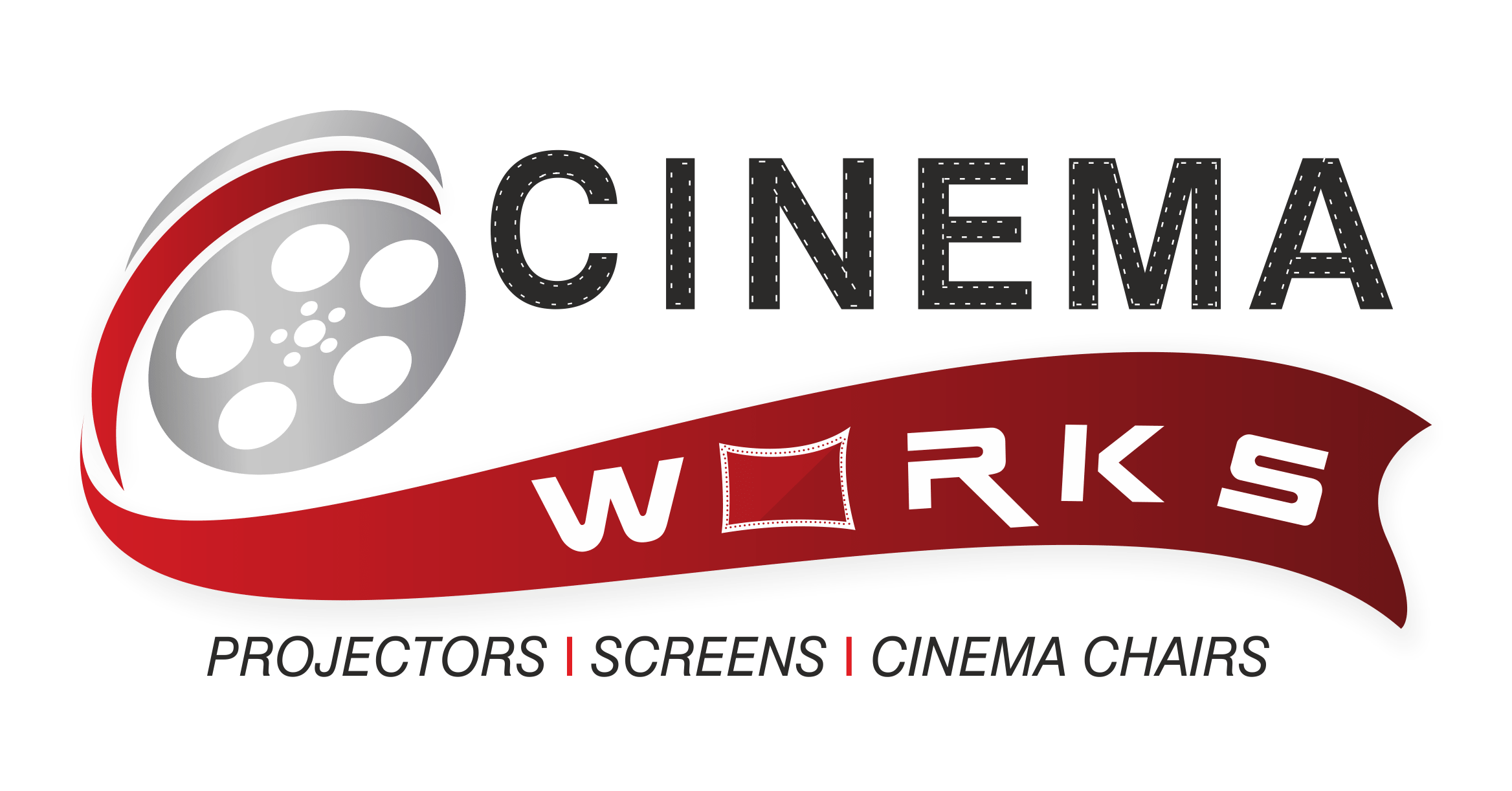MicroLED Cinema: The 2027 Cost-Benefit Analysis for Small Cinemas
Introduction: A New Era of Picture Quality
The cinematic landscape is constantly evolving. While laser projection has made significant strides, MicroLED technology is poised to disrupt the industry, particularly for smaller cinemas seeking a competitive edge. This article delves into a cost-benefit analysis of MicroLED cinema installations for small venues in 2027, examining the potential return on investment and addressing key considerations.
The Allure of MicroLED: Superior Image Quality and Longevity
MicroLED displays boast unparalleled picture quality. Their self-emissive nature eliminates the need for backlights, resulting in superior contrast ratios, deeper blacks, and vibrant colors. This translates to an immersive viewing experience that rivals, and potentially surpasses, the best laser projection systems. Furthermore, MicroLED displays offer a significantly longer lifespan, reducing the need for frequent and costly lamp replacements. This longevity contributes to reduced operational expenses over the long term.
Cost Breakdown: Initial Investment and Ongoing Expenses
The initial investment in a MicroLED cinema system is undoubtedly substantial. However, technological advancements are driving down prices, making it increasingly viable for smaller cinemas. A comprehensive cost analysis should consider:
- Screen Size and Resolution: The cost increases with screen size and resolution.
- Installation Costs: Professional installation is crucial for optimal performance and warranty compliance.
- Control Systems and Software: Integrating the system with existing cinema infrastructure requires specialized software and hardware.
- Maintenance and Servicing Contracts: Long-term maintenance is essential to protect the investment.
A detailed breakdown of these costs, specific to the size and configuration of a typical small cinema, should be obtained from reputable MicroLED vendors. Remember to factor in any potential government incentives or grants available for technological upgrades in the cinema industry.
Benefit Analysis: Increased Revenue and Operational Efficiency
The superior image quality offered by MicroLED can significantly enhance the cinema-going experience. This translates to several potential revenue streams:
- Higher Ticket Prices: Premium picture quality justifies higher ticket prices.
- Increased Patronage: The enhanced viewing experience attracts a wider audience.
- Premium Content and Events: MicroLED’s capabilities open opportunities for hosting special events and showcasing high-dynamic-range (HDR) content.
- Reduced Operational Costs: The extended lifespan of MicroLED reduces lamp replacement costs and minimizes downtime.
A thorough market analysis, considering your local demographics and competition, is critical to accurately project revenue increases. Furthermore, careful management of operational costs is essential to optimize the return on investment.
Return on Investment (ROI) and Long-Term Projections
Calculating the ROI requires a comprehensive financial model. This should account for the initial investment, ongoing operational expenses, projected revenue increases, and the expected lifespan of the MicroLED system. Software tools specifically designed for ROI calculations in the cinema industry can be invaluable. Remember to consider factors such as inflation and potential technological advancements in the future. A five-year or even ten-year projection provides a clearer picture of the long-term financial viability.
Conclusion: A Strategic Investment for the Future
MicroLED cinema technology represents a significant investment, but the potential return justifies its consideration for small cinemas. By carefully analyzing the cost breakdown, accurately projecting revenue increases, and developing a robust financial model, small cinema owners can make informed decisions about embracing this transformative technology in 2027 and beyond. Thorough research, consultation with industry experts, and a long-term perspective are essential for successfully navigating this technological shift.
